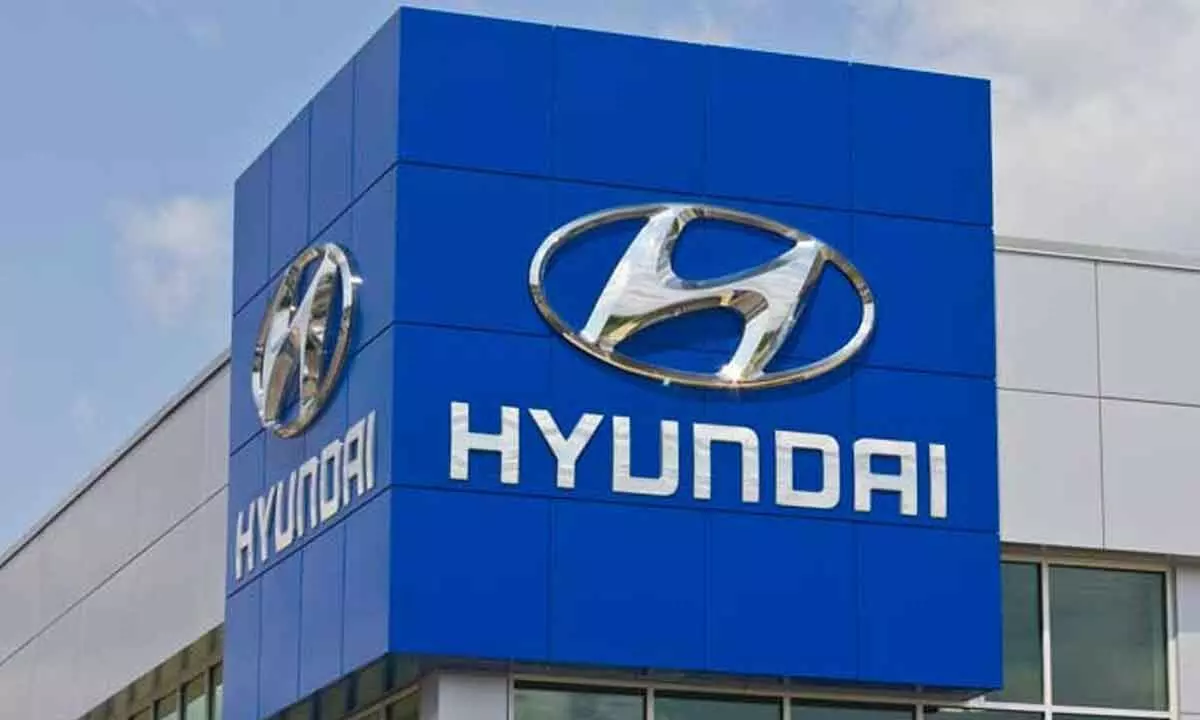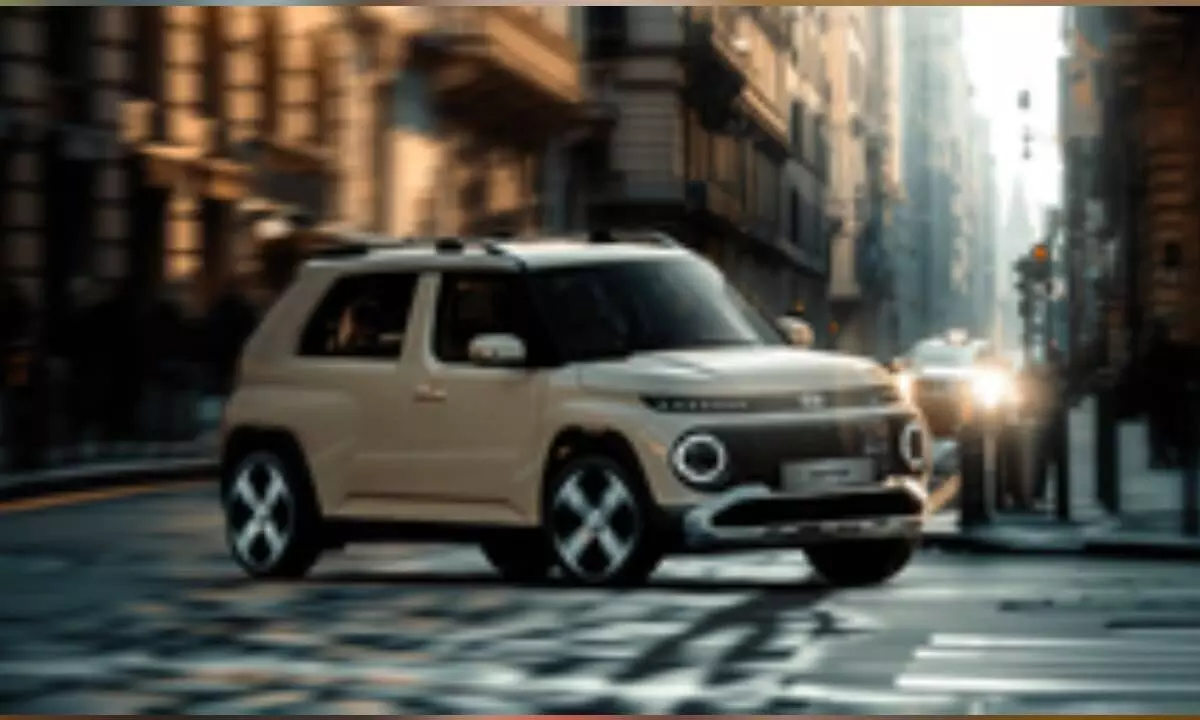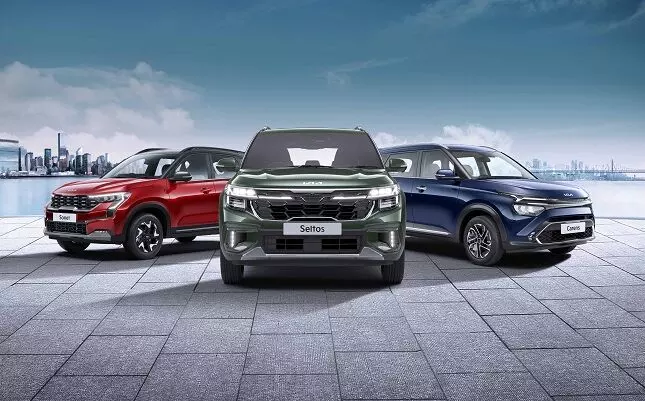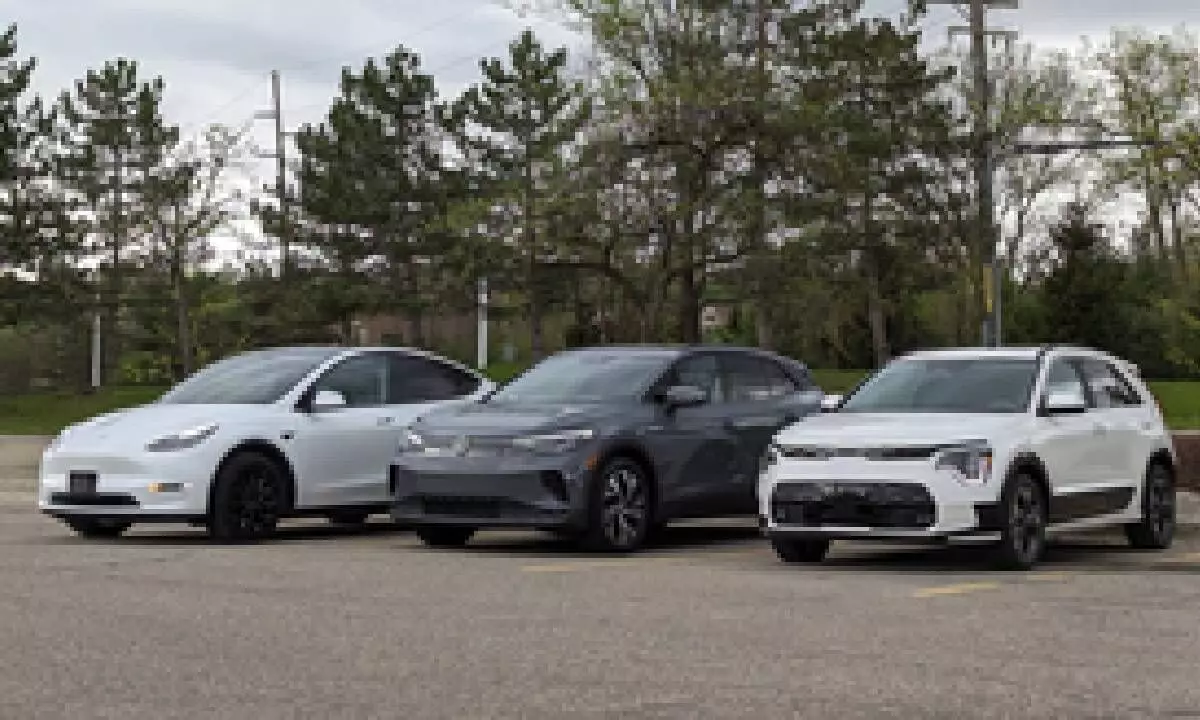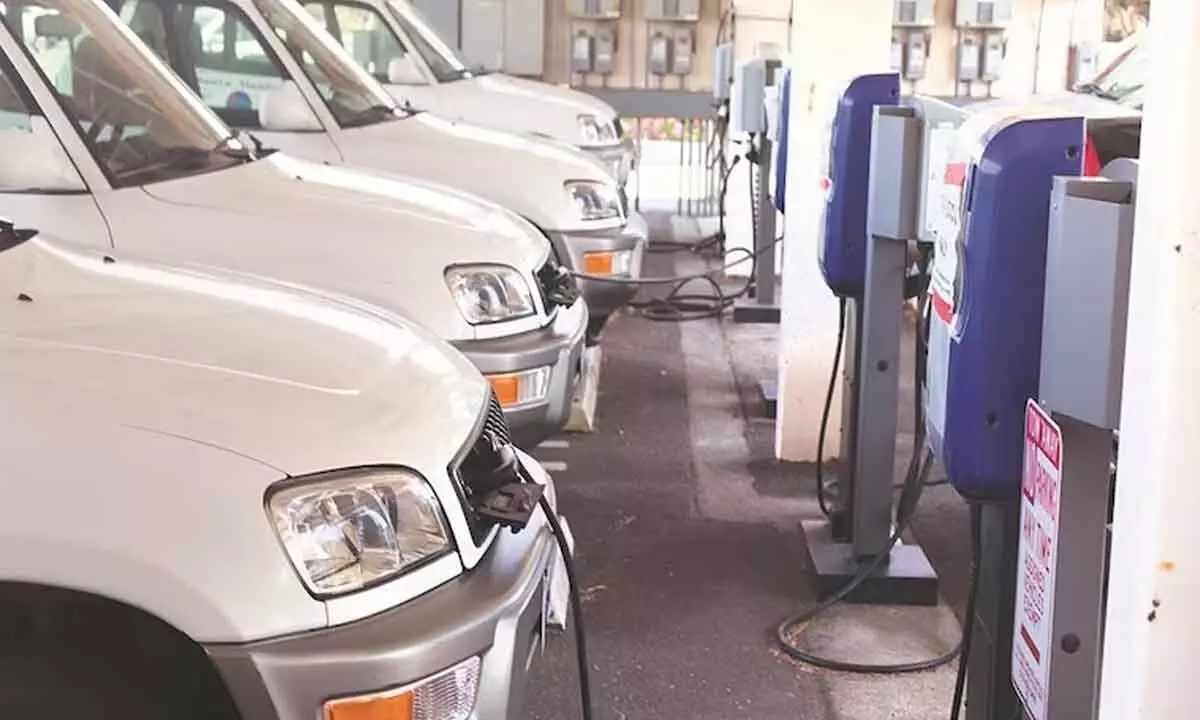Tata Motors, a prominent name in the Indian automotive industry, has added a new feather to its cap with the launch of the Altroz Racer. This new variant of the Altroz hatchback is tailored for those who crave performance and style. The Altroz Racer combines a powerful engine, sporty aesthetics, and advanced features, positioning itself as a top contender in the premium hatchback segment.
Performance and Powertrain
The Altroz Racer is powered by a robust 1.2-litre turbocharged petrol engine, which significantly enhances its performance capabilities. This engine produces an impressive 120 Ps at 5500 rpm and a peak torque of 170 Nm between 1750 to 4000 rpm. These figures promise a thrilling driving experience, whether you are navigating urban traffic or cruising on the open highway. The inclusion of a 6-speed manual transmission further adds to the car’s dynamic driving appeal, offering smooth and precise gear shifts.
One of the standout features of the Altroz Racer is its sporty exhaust note. This not only enhances the auditory experience for the driver but also adds to the overall sporty character of the vehicle. The combination of power, torque, and the sporty exhaust ensures that every drive is an exhilarating experience.
Design and Styling
The Altroz Racer’s exterior design is inspired by race cars, making it visually distinct and appealing. It features aggressive front and rear bumpers, sleek lines, and racer-specific badging. The car is available in three striking colours: Pure Grey, Atomic Orange, and Avenue White, each of which enhances its sporty aesthetics.
The Altroz Racer continues the sporty theme inside with a cabin that features contrast stitching, a flat-bottom steering wheel, and exclusive Racer branding on the seats and interior trims. The use of premium materials throughout the interior ensures a high-quality feel, making every journey comfortable and enjoyable.
Advanced Features and Technology
The Altroz Racer is packed with features designed to enhance both convenience and safety. The centerpiece of the dashboard is a 26.03 cm infotainment touchscreen, which supports Apple CarPlay and Android Auto, ensuring seamless connectivity and entertainment on the go. Additionally, the car is equipped with a 360-degree camera, making parking and manoeuvring in tight spaces an easier feat.
Comfort is a priority in the Altroz Racer. It comes with ventilated seats, which are especially useful during hot weather. The vehicle also features six airbags as standard, underscoring Tata Motors’ commitment to safety. Other notable features include a wireless charger, iRA connected car tech, and an air purifier, making the Altroz Racer one of the most feature-rich hatchbacks in its segment.
Variants and Pricing
The Altroz Racer is available in three variants: R1, R2, and R3, each offering a unique set of features to cater to different customer preferences. Here’s a breakdown of the introductory ex-showroom prices in Delhi:
R1: ₹9,49,000
R2: ₹10,49,000
R3: ₹10,99,000
Each variant builds upon the previous one, adding more features and conveniences. The R1 variant comes with R16 alloy wheels, six airbags, leatherette seats, and a 26.03 cm infotainment system with wireless Android Auto and Apple CarPlay. The R2 adds an electric sunroof with voice assist, a wireless charger, a 17.78 cm TFT digital cluster, and more. The top-of-the-line R3 includes iRA connected car tech, front ventilated seats, an air purifier, and additional advanced features.
Additional Variants and Powertrain Options
In addition to the Racer, Tata Motors has also introduced two new variants (XZ LUX and XZ+S LUX) and upgraded one variant (XZ+OS) in the Altroz range. These new variants are available in multiple powertrain options, including petrol manual, petrol DCA, diesel, and CNG powertrains, offering customers a wide range of choices to suit their preferences.
Customer and Market Positioning
According to TATA Motors, Altroz has already garnered a significant customer base, with over 2.5 lakh happy customers. It has set benchmarks in the premium hatchback segment in India with its design, features, performance, and safety. The Altroz was the first hatchback in India to earn a 5-star Global NCAP safety rating and is the first CNG car in the country to feature twin-cylinder technology. It is also the only hatchback that offers a host of powertrain options for its customers to choose from.
The launch of the Altroz Racer is a testament to Tata Motors’ commitment to innovation and catering to diverse customer needs. With its powerful engine, sporty design, advanced features, and robust safety credentials, the Altroz Racer is poised to set a new benchmark in the premium hatchback segment. It offers a compelling package for those who seek performance and style without compromising on practicality and safety.
During the launch of the Altroz Racer, Mr. Vivek Srivatsa, Chief Commercial Officer of Tata Passenger Electric Mobility Ltd., emphasised the vehicle’s appeal by highlighting its exceptional power and innovative features. He remarked that the Altroz Racer is designed to infuse daily driving with excitement, catering to the modern, connected, and style-conscious generation seeking a distinctive car that sets them apart.
With the introduction of the Altroz Racer, Tata Motors continues to push the boundaries of what a premium hatchback can offer, ensuring that it remains a preferred choice for discerning customers in India.
